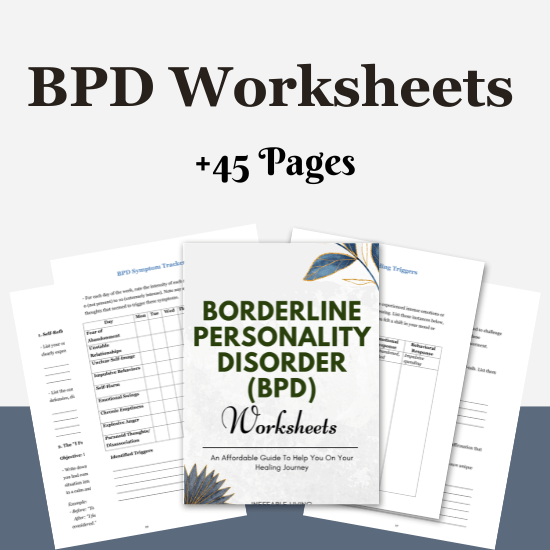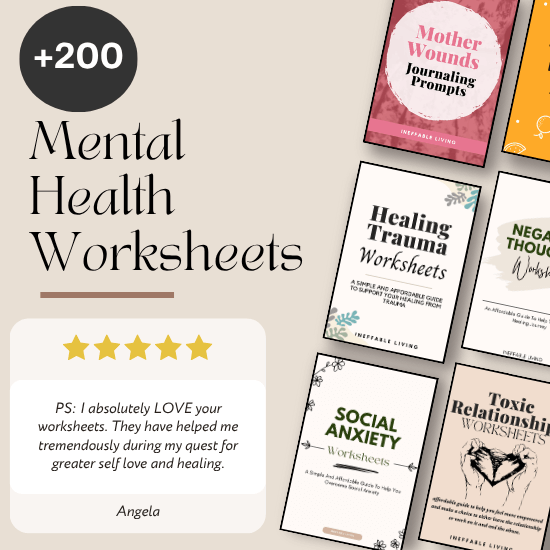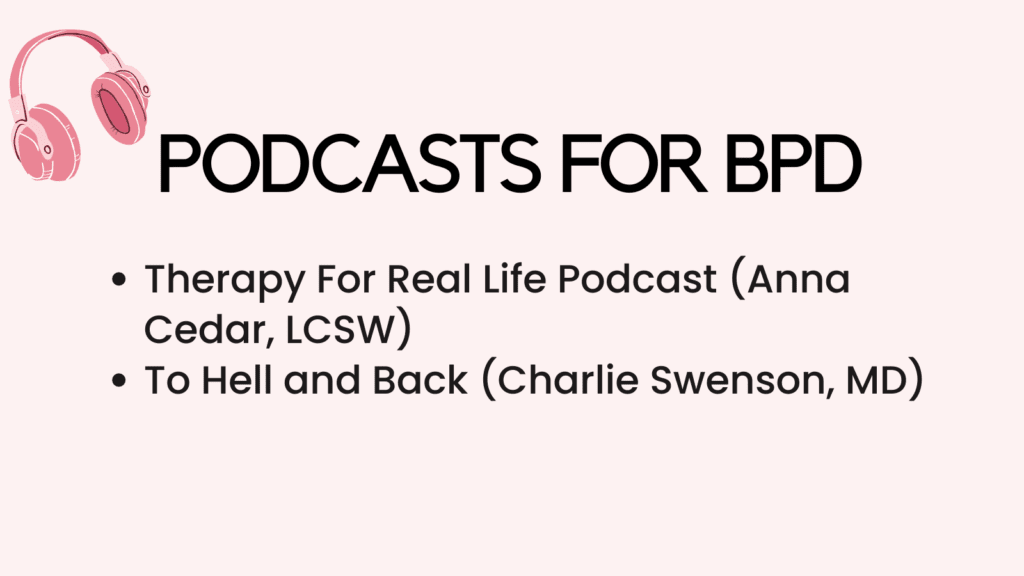Emotional flashbacks are a hidden struggle for many people with Borderline Personality Disorder (BPD). They can hijack your mind and body in seconds — making you feel like you’re right back in the middle of an old trauma, even when nothing “bad” is happening now. You might suddenly feel abandoned, worthless, ashamed, or terrified, and not even know why.
These emotional storms don’t come with clear memories like PTSD flashbacks — but they hit just as hard. Understanding what they are and how to ground yourself can help you regain control and start healing the source of your pain.
What Is an Emotional Flashback?
An emotional flashback is a sudden, intense emotional reaction that’s not about the current situation — it’s about unresolved trauma from the past. Often tied to childhood neglect, abuse, or emotional invalidation, emotional flashbacks in BPD feel like being overwhelmed by emotions that don’t match what’s happening now.
You’re not remembering the trauma — you’re reliving the feelings of it.
What It Feels Like
- Sudden shame, guilt, or self-hate without a clear reason
- Feeling like a child again — small, scared, powerless
- Intense fear of abandonment or rejection
- Thinking in extremes: “I’m worthless,” “They hate me,” “I’ll never be okay”
- Emotional numbing or dissociation
- Feeling like you’re drowning in emotion but unable to explain it
You might not realize it’s a flashback at first. It may just feel like a meltdown, a mood swing, or being too sensitive. But it’s not weakness — it’s your nervous system echoing old wounds.
What Triggers Emotional Flashbacks?
Common triggers include:
- Being ignored, criticized, or misunderstood
- Arguments, breakups, or distance from loved ones
- Feeling left out or emotionally unsafe
- Being told “calm down” or “you’re overreacting”
- Any situation that mirrors early trauma — even subtly
Even small events can activate deep emotional memories when the original wound was never healed.
Related: Top 7 Skills For Coping With BPD [+ BPD FREE Resources]
How to Ground Yourself During a Flashback?
1. Name What’s Happening
The moment you notice a wave of overwhelming emotion, say to yourself:
- “This is an emotional flashback.”
- “These are old feelings — I am safe right now.”
- “I’m not in danger. I’m having a trauma response.”
Labeling it helps activate your rational mind and separate past from present.
2. Use the 5-4-3-2-1 Technique
This classic grounding tool brings your attention to your surroundings:
- 5 things you can see
- 4 things you can touch
- 3 things you can hear
- 2 things you can smell
- 1 thing you can taste
Say them out loud or write them down to stay connected to your environment.
3. Anchor With Your Breath
Your breath is your anchor. Try this:
- Inhale for 4 seconds
- Hold for 4 seconds
- Exhale for 6–8 seconds
- Repeat until your heart rate slows
Focus on the exhale — it activates the parasympathetic nervous system (your body’s calming system).
4. Touch Something Cold or Textured
Activating your sense of touch can snap you out of emotional overwhelm:
- Hold an ice cube
- Splash cold water on your face
- Grab a textured object (stone, fuzzy fabric, brush) and describe how it feels
- Press your feet flat on the floor and wiggle your toes
This shifts your focus from emotional memory to physical sensation.
5. Say Grounding Statements Aloud
Speak to yourself with warmth and authority, like you’re comforting your younger self:
- “I’m safe right now.”
- “This feeling will pass.”
- “I’ve survived this before, and I will again.”
- “I’m allowed to feel this, and I don’t have to act on it.”
Repeat them out loud until your body begins to calm.
6. Move Your Body Gently
Flashbacks get stuck in the body. Movement helps release the trapped energy:
- Rock back and forth in a chair
- Do slow stretches or yoga poses
- Shake out your hands or legs
- Go for a short walk or pace the room
Movement reminds your body that you’re not frozen in fear anymore.
Related: What Is Quiet Borderline Personality Disorder?
7. Orient to the Present
Look around and describe your surroundings out loud:
- “I’m in my room. It’s Tuesday. I’m 29 years old.”
- “There’s a lamp, a plant, a window with sunlight.”
- “I’m wearing soft clothes. I’m sitting in a chair.”
This reorients your brain to the here-and-now reality.
8. Use a Comforting Object
If you’ve prepared a grounding kit or comfort box, use it:
- A photo of someone safe
- A calming scent like lavender
- A weighted blanket or fidget toy
- A letter to yourself from a grounded state
These reminders act like emotional lifelines when you’re spiraling.
9. Text or Call a Safe Person
Even a simple message like “I’m having a hard time” can regulate your nervous system.
If no one is available, write a letter to someone safe — even if you don’t send it. The act of reaching out (even in writing) helps reconnect your brain to the world outside your emotions.
10. Use Visualization
Picture a safe place — real or imagined — in vivid detail:
- What does it look, sound, and feel like?
- Who is there with you?
- What are you doing?
Stay in that space until your breath slows and your body softens.
Related: Borderline Personality Disorder Support Group

Conclusion
Emotional flashbacks in BPD are not overreactions — they’re echoes of old pain that haven’t been fully processed. But the moment you name what’s happening, ground yourself, and care for your triggered self, you’re breaking the cycle. You’re showing your mind and body: I’m not back there anymore. I’m safe now. And I know how to take care of me.
That’s not weakness. That’s healing in action.



![BPD Support Groups [Online & In-Person]](https://ineffableliving.com/wp-content/uploads/2022/09/Borderline-Personality-Disorder-Support-Group-1024x576.png)